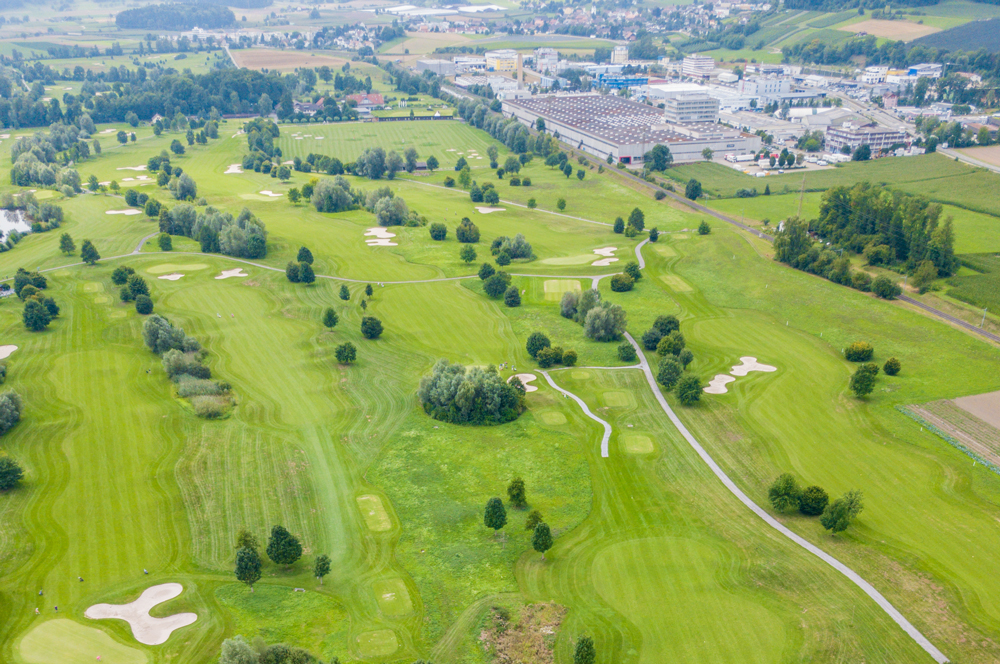Drainage maybe one of the most important aspects of golf courses. Without a comprehensive drainage system in place your golf courses will struggle to attract players because waterlogged conditions can make golf unplayable.
Not only is a waterlogged course a major concern because of the unfavourable playing conditions but it can also lead to hole & course closures, increased maintenance costs, and lost revenue.
You’ll be glad to know that poor drainage can be addressed and our quick guide looks to highlight the key areas.
Golf Course Drainage Areas
There are variety of areas across a golf course that require different drainage solutions. This includes:
- Greens
- Tees
- Fairways
- Bunkers
- Practice Facilities
- Buggy Paths & Walkways
- Land
The reason these areas all require different drainage solutions is because each is created differently – for example Bunkers are pits that are covered in sand whereas Tee’s are relatively flat and are covered in grass or artificial surfaces.
These differences cause different problems which must be addressed in various ways, as seen with the diagram below.

The principle for each drainage system is the same however the variables need to be adjusted to suit that specific area. You can expect to see differences with the:
- Types & diameter of drainage pipes
- Subbase materials
- Depths of each layer & subbase
- Finished levels
- Surface materials
Primary Drainage
Primary drainage is the actual drainage system that carries drained water away from the course surface. A primary drainage system consists of a network of lateral drainage pipes that connect to the main drainage system to carry water off the course or to attenuation ponds to be reused within an irrigation system.
Primary drainage includes:
- Lateral Pipes
- Perforated Pipes
- Main Drains
- Arterial Drains
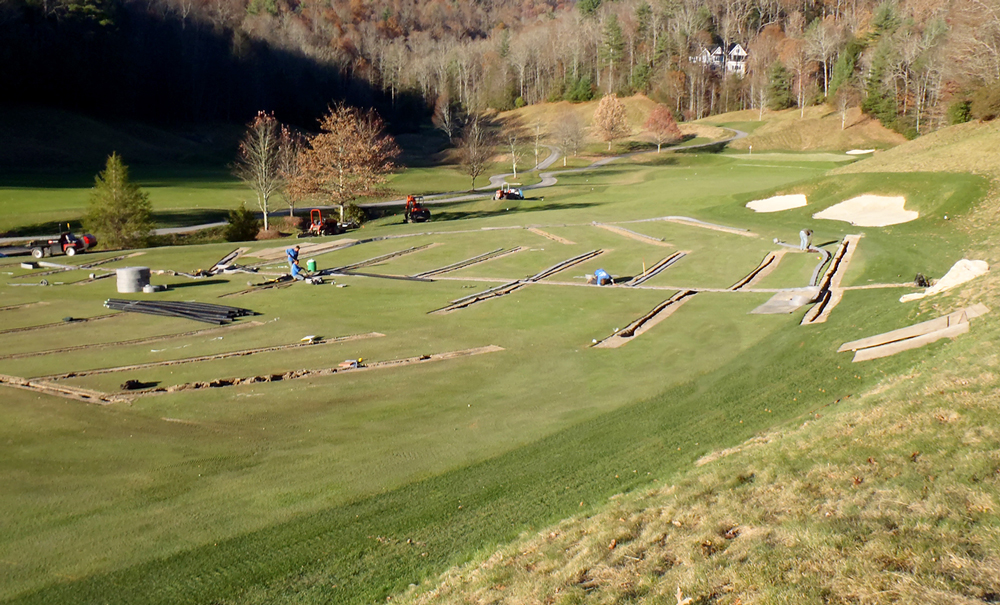
Secondary Drainage
Secondary drainage is needed to assist with the primary drainage systems. The aim of secondary drainage is to intercept surface water and direct it to specific areas where the primary drainage system can take over. Water can also soak through the surface to help ensure the course doesn’t become waterlogged.
Secondary drainage includes:
- Sand
- Rootzone
- Gravel Slitting
- Sand Banding
- Ditches
- Contouring
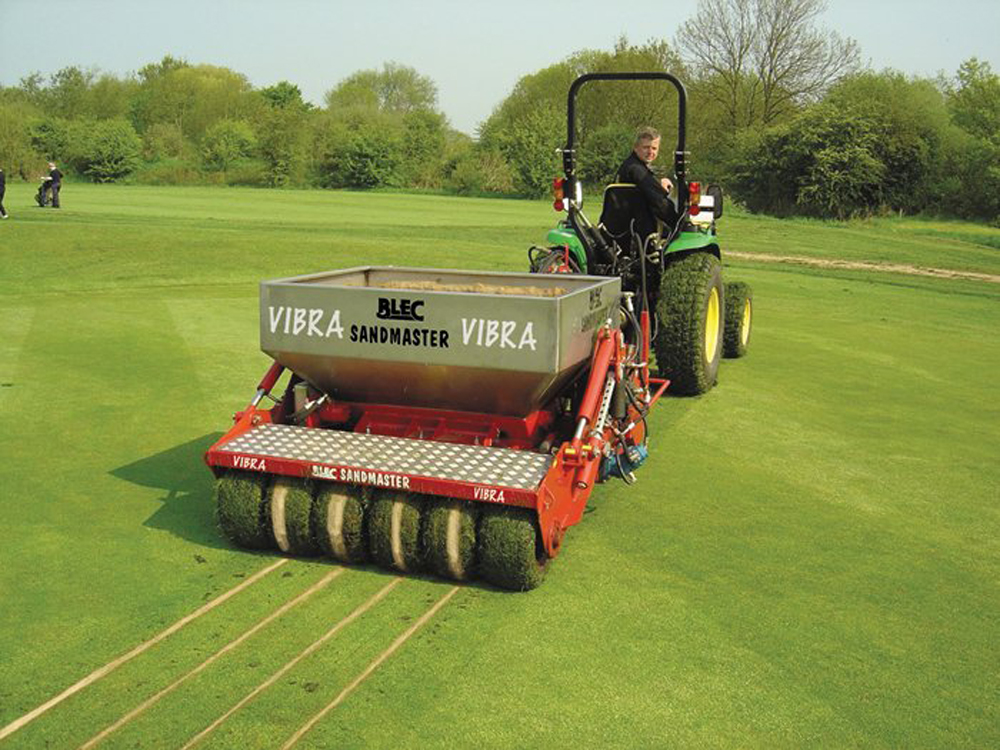
Topographical Survey
Knowledge of surface contours and how water moves across these is important. You need to gain an understanding of your courses topography by having it professionally surveyed. This data can be used to create detailed drawings and maps of your course’s topography so you can understand how surface water will move across your course.
This information, when paired with a physical site survey, will highlight areas where the course contours aren’t effective in moving water.
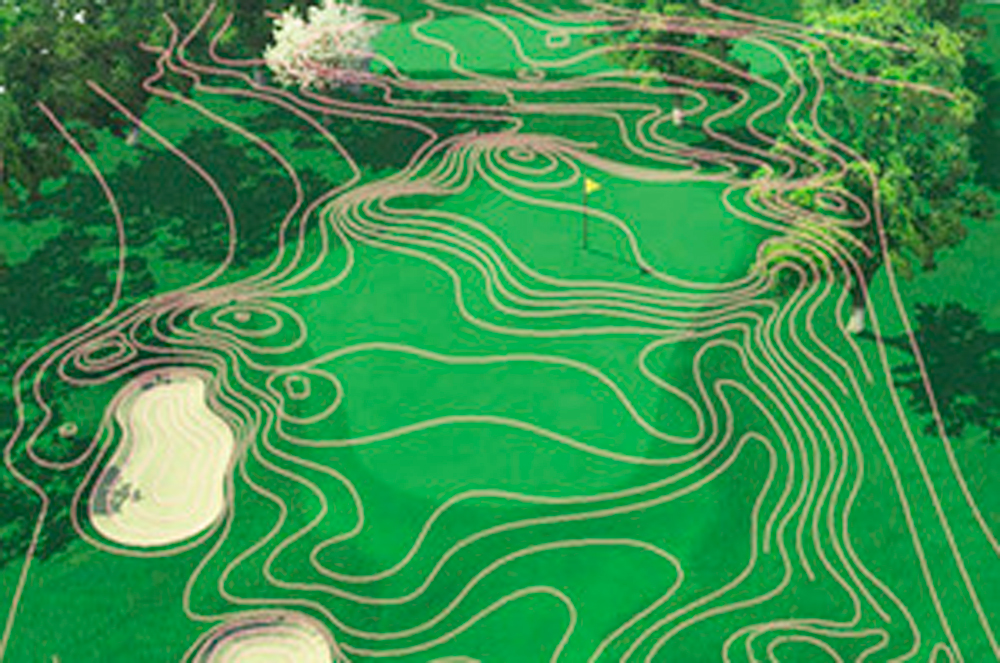
On-site Survey
A visual on-site survey is important when highlighting drainage issues. You’ll be able to physically see & feel areas which aren’t properly drained or remain waterlogged for an extended period.
Using any topographical data you have can help to pinpoint these areas more effectively when assessing your course.
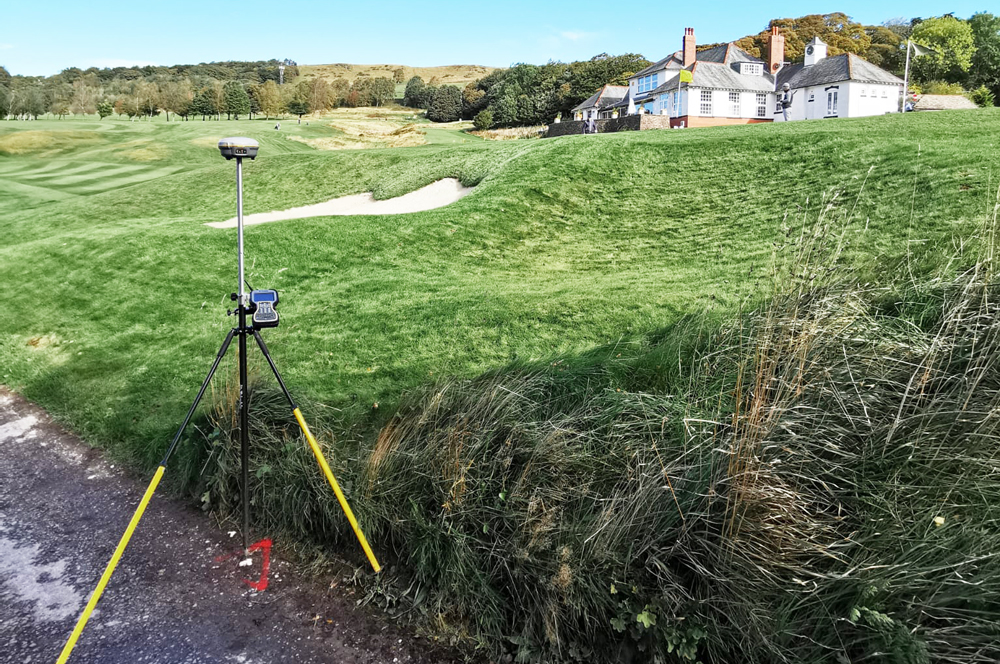
Lateral Drainage
Working in conjunction with a site investigation, its important drainage pipes are correctly placed within key areas. These pipes will carry drained water away from the course or to storage areas which can then be used for course irrigation. The spacing between the pipes will affect the overall drainage of your course, however, more pipes result in higher costs!

Fairway Drainage
An assessment of each hole should be undertaken to understand the drainage requirements. Lateral drainage is used across course fairways at regular intervals to ensure maximum coverage. The most common lateral drains are 60mm – 80mm perforate plastic pipe. Drained water is carried through a network of plastic pipes which feeds into the main drainage system.
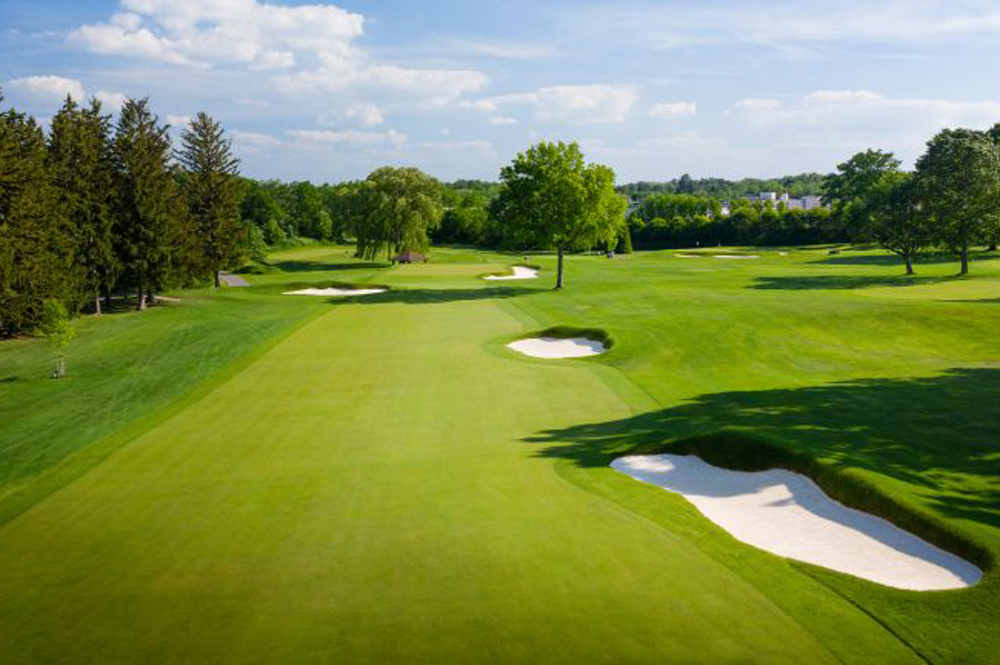
Green Drainage
Many greens in the last 30 years ‘were constructed’ to USGA standards, however, they aren’t always precisely created which can cause issues. Drainage trenches should be dug to a depth of 200mm and a width of 150mm and it should be sloped to the drainage outlet.
Gravels and rootzone mixtures should be used to give permeability to golf greens. For example, the gravel layer should be mainly made up of gravel with a particle size of 6mm-10mm.
Your rootzone mixture should be made up of sand. The particle size of your selected sand plays a crucial role in water retention, drainage, and firmness. If you do use soil in your rootzone mixture, it should be screened and have a maximum sand content of 60%.
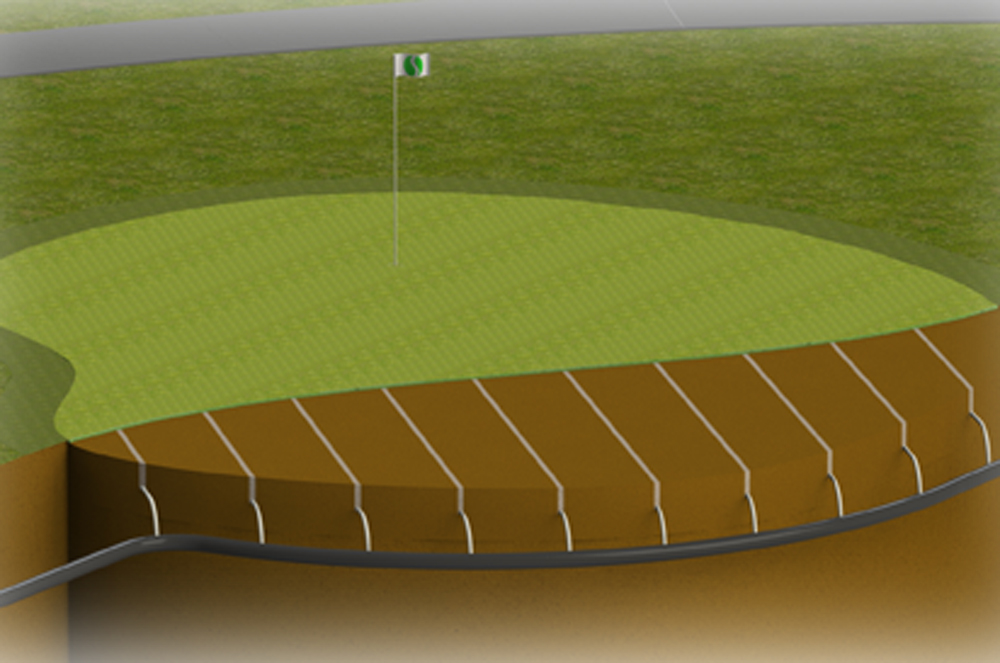
Tee Drainage
Drainage for Golf Tee’s is like that of a green. Your drainage system needs to be placed below the tee box or close to areas which may collect water.
Again, it is important to select the correct materials such as a blend of coarse sand and sandy loam topsoil to ensure water is effectively drained.
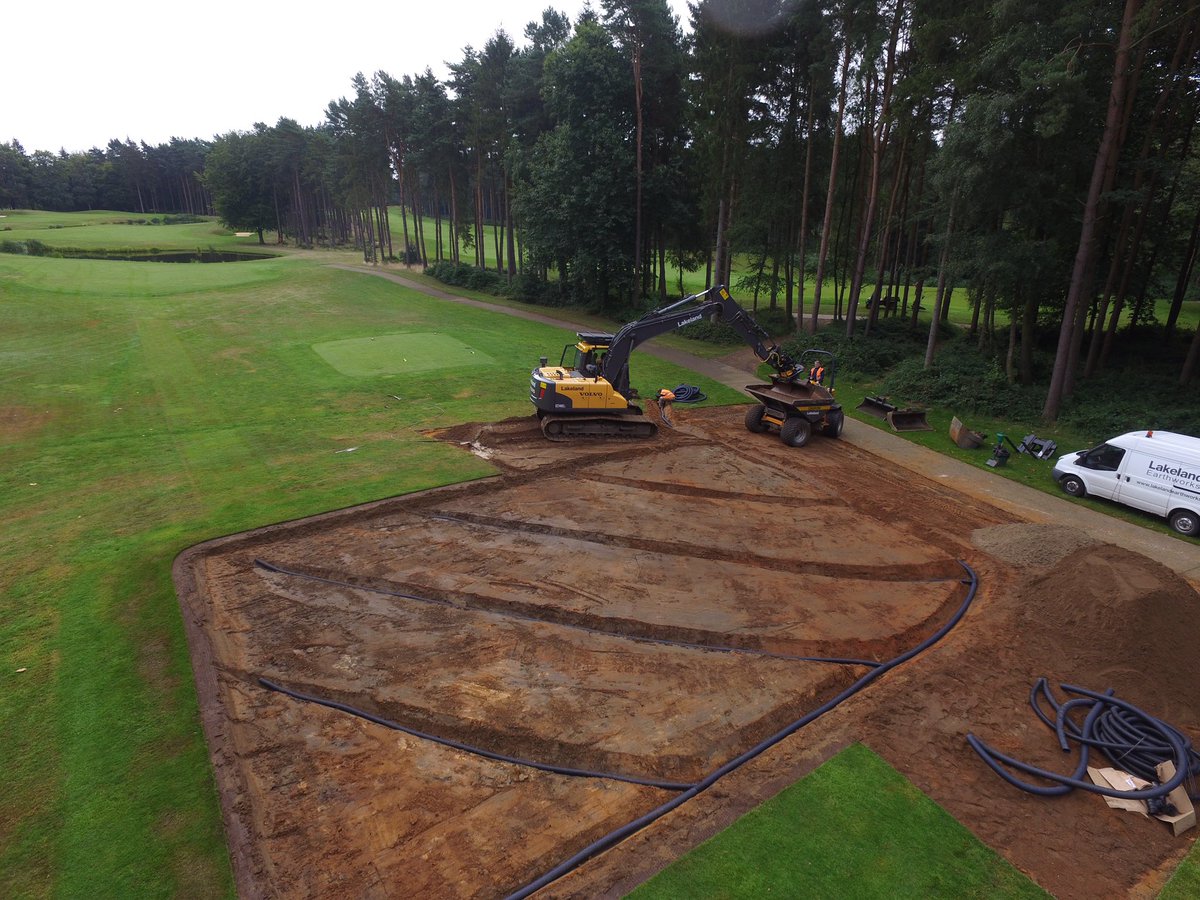
Bunker Drainage
Due to the nature of a bunkers, they are often areas where water can collect. This can be combated by ensuring that outfall points in the bunkers are correctly placed at the lowest point.
Picking the right sand is also crucial as it needs to be effective in allowing water to drain through. You can expect the sand to be made up of slightly more coarser particles between 1-2mm, although much of the sand size will fall between 0.1-1mm.
Not only does the sand need to be permeable but so does the bunker liner, which gives strength and stability to bunkers.

Cause of Poor Drainage
There are a variety of reasons why golf courses suffer from poor drainage due to:
- The Soil
- Subgrades
- The Topography
- Ineffective Drainage System
- Proximity to the water table
- Wet Weather Conditions
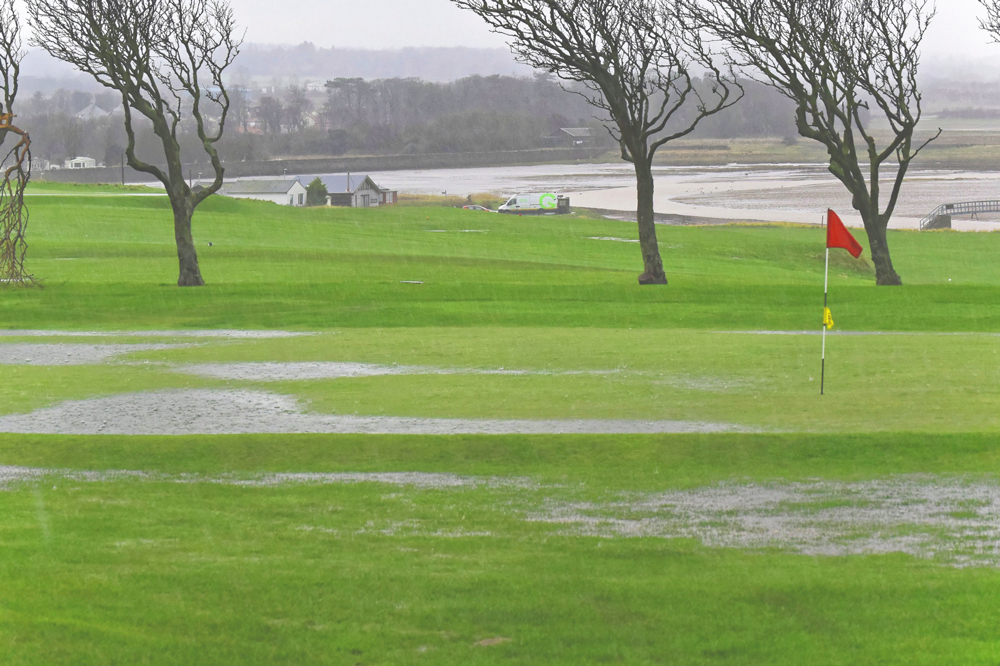
Improving Drainage
If your golf course is experiencing poor drainage, there are ways to help improve course drainage, including:
- Lowering Water Obstacles
- Installing a drainage system
- Improving your drainage system
- Redeveloping course topography
- Changing course materials
- Aeration of your course
